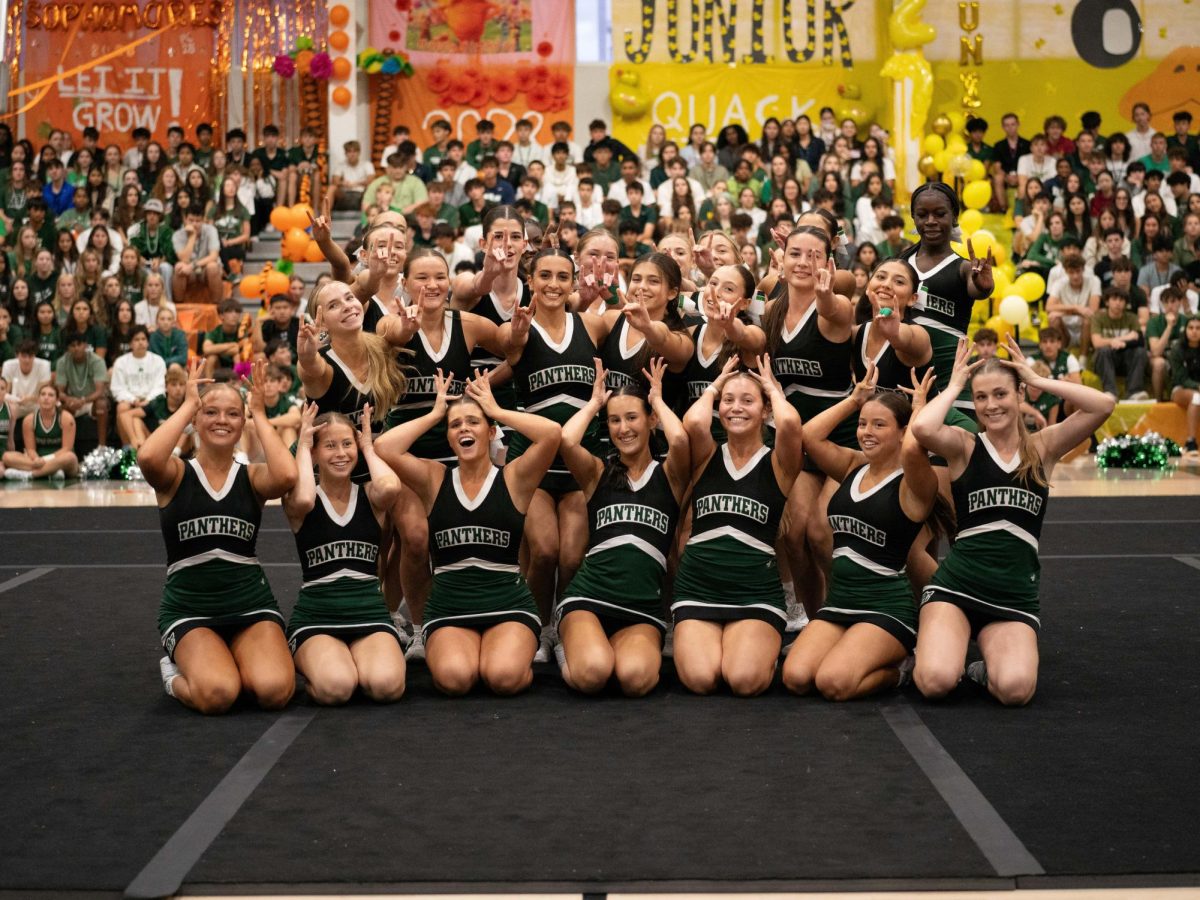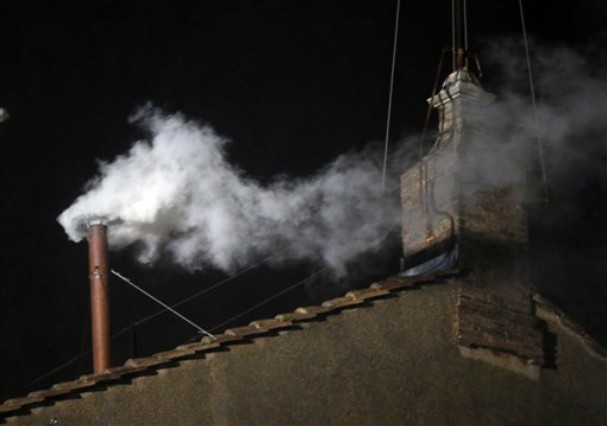On Wednesday, March 13th, the world, including 1.2 billion Catholics, watched as Cardinal Jorge Bergoglio was elected the next pope of the Roman Catholic Church. As the newly Pope Francis walked out onto St. Peter’s Square in the Vatican, an uninformed global media was anxious to find out who was elected. Nevertheless, this was a futile effort because it has been the tradition of the Catholic Church to keep the conclave of the pope absolutely secret until the moment the new pope walks out onto the balcony of the Vatican.
However, in the modern era, where so much vital information is constantly leaked, shared, and tweeted every day, this ancient process is becoming increasingly difficult to execute. Ever since the turn of the century, mass media has spoiled almost every “surprise” announcement. For instance, hours before President Obama announced the death of Osama Bin Laden, the news broke on twitter. In order to break the current trend, the Catholic Church must adapt by beefing up security and taking new precautions before a conclave.
The Church succeeded in keeping tradition by going the extra mile to assure that all confidential information stayed inside the Sistine Chapel during the conclave. Numerous times in the weeks and days leading up to the election, the voting room was scanned and sprayed with debugging mist to uncover any secret chips or bugs that had been placed in the chapel. Even the moisture in the voting room was constantly controlled to ensure that no electronic devices or bugs could access the Sistine Chapel. The voting cardinals were also blocked from all modes of communication such as radio, television, newspaper, etc. To the delight of the Catholic Church, the secret was kept safe until the black smoke started rising from the Sistine Chapel to announce the new pope to the masses. Unfortunately, in the future, as technology advances that smoke could be replaced by Twitter, CNN, or worse –even the voting cardinals themselves.
Outside of the conclave, the formerly out-of-touch Vatican has become friendlier with the mass media over the past few years due to growing criticism from the rest of the Catholic world. The most notable and recent change has been the addition of a Twitter account for the Pope himself. The Papal Twitter account was first made under Pope Benedict XVI during the last months of his Papacy. The Pope was able to use this new media platform to express prayers and give news updates regarding the Church.
At the formal announcement of the Papal Twitter account, a Vatican spokesperson stated, “The Pope is not the kind of person like the rest of us who in a meeting or a lunch is looking at their BlackBerrys to see if any messages have come in. He is not walking around with an iPad, but all the Pope’s tweets are the Pope’s words.”
As the newly elected Pope Francis took over the Catholic Church, he too created his own Twitter username, @Pontifex. He currently has a following of over 12 million, which is growing steadily by the day. These steps are putting the Catholic Church back into the minds of a younger and more progressive generation, a group that has been waning from the Church’s following for years. Who knows what’s next? It could be anything…. a Papal Facebook, a Papal Tumblr, or even maybe a Papal Instagram!
































![Stranger Things 4: What to Expect [Warning: Contains Spoilers]](https://pcpawprint.com/wp-content/uploads/2021/11/StrangerThings4-900x473.jpeg)























































